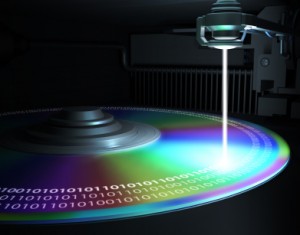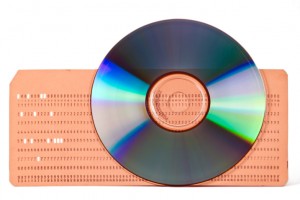CD and DVD technology has moved on quite a bit from when the first compact disc was produced nearly 30 years ago in a factory in Germany after years of development by Philips and Sony.
In May of 1994, Sony and Philips announced that they would be cooperatively developing a new high-density medium known popularly as Digital Video Disk. The DVD; a disk the same size as a CD but with five to ten times the data capacity. This infant technology was to be the successor to compact disks (CD-ROM) for computers, and replace VHS tapes and laserdiscs in the entertainment industry.
Then in 2006 came the Blu-ray revolution. The format was developed to enable recording, rewriting and playback of high-definition video (HD), as well as storing large amounts of data, five times more then traditional DVDs
Now it seems there is a DVD being developed based on Nano Technology.
Currently, Blue-ray dual-layer disks that hold 50GB are not even close to projected capacity of these ultra DVDs. Researchers at Australia, have developed a new DVD technology that could possibly boost disc capacity by 10,000 times beyond today’s standard 4.7GB DVDs, according to a study published in the journal Nature. Researchers have already designed a five dimensional DVD that can store 1.6 TB of data on a standard size DVD. That is as much as 30 Blue-ray disks! Even a 1TB disc created with the technology would provide enough capacity to hold 300 feature length films or 250,000 songs.
Unlike normal DVDs that have two layers of stacked data, these disk have an additional 3 layers- one data & two for reading wave length & polarization. The layers are made of thin glass films and are coated with gold nano rods of three different sizes. To record data on the disc a laser is focused on the nano rods. Each nano rod melts at different wavelengths into spheres.
The challenge is that since the data is so densely packed, reading it at high speeds will pose a problem. At the moment a very large and expensive titanium-sapphire femto-second laser is being used in the study. A cheaper laser will have to be developed.
The researches are currently working with Samsung to make the technology commercially viable but this could take anywhere between 5 to 10 years.





